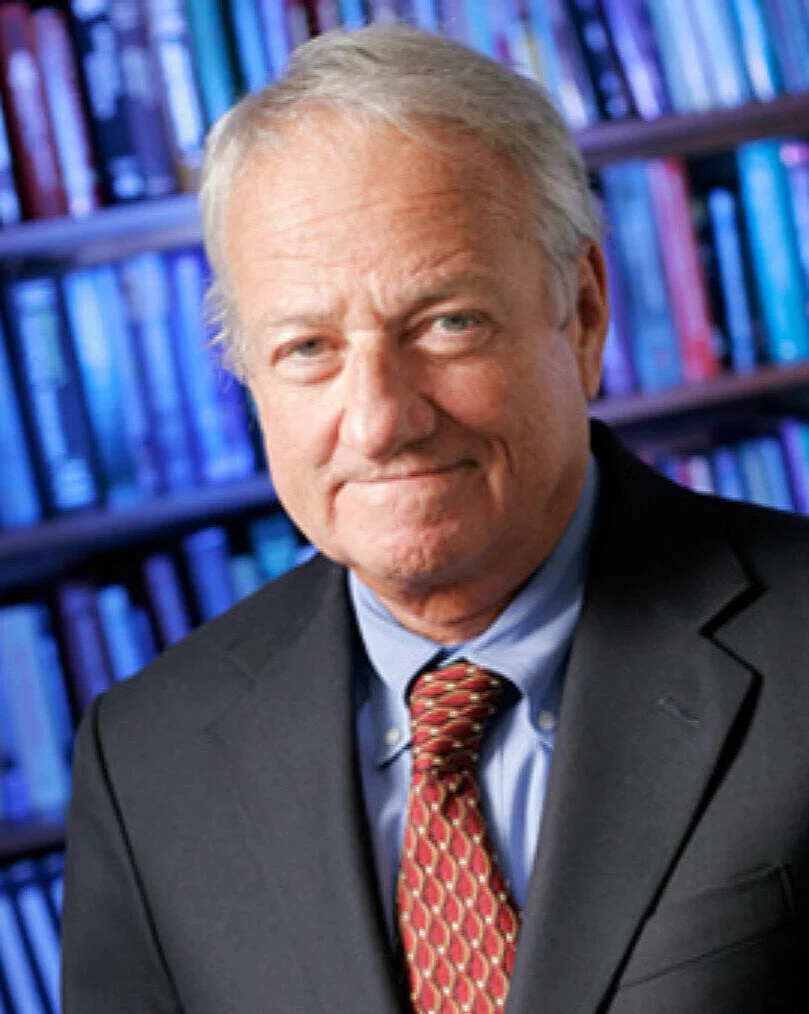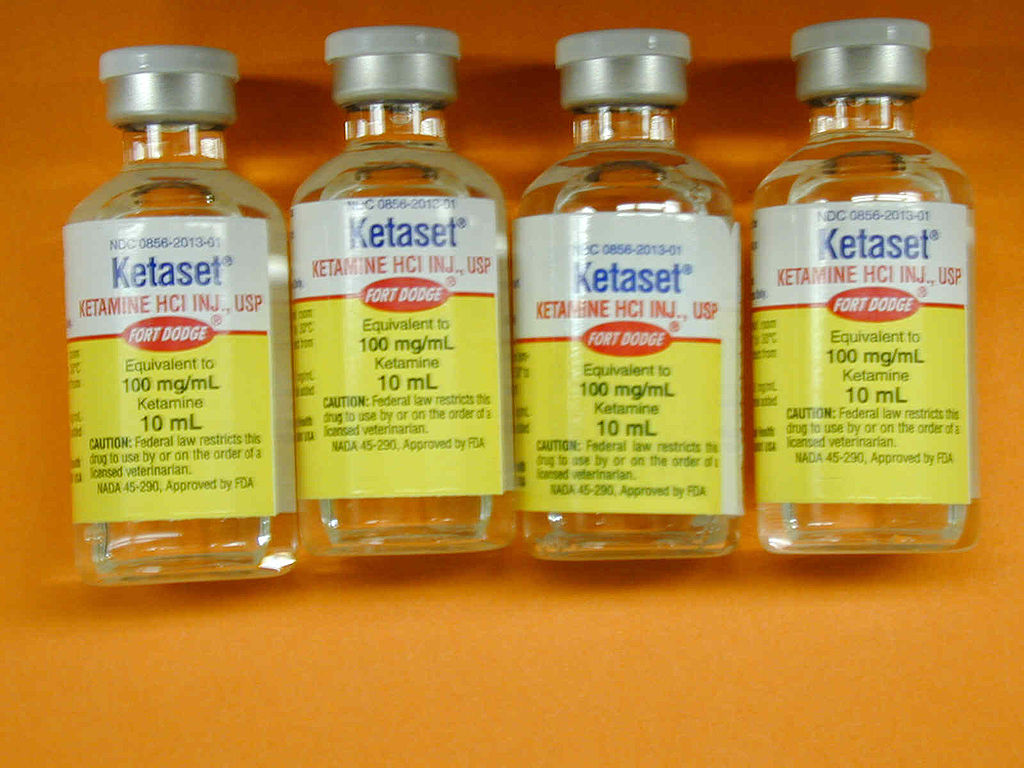By Dr. Forest Tennant, PNN Columnist
A few years ago, the “pain powers” of the day decided to change the name of a mysterious painful disease called Reflex Sympathetic Dystrophy (RSD) to Complex Regional Pain Syndrome (CRPS).
Not long after the name change, I received a telephone call from a reporter who mistakenly believed that “CRPS” meant that chronic pain statistics were now going to be kept by geographical regions. He wanted to know which regions had the least and worst pain problems. He sounded rather despondent when I informed him the regions weren’t geographic areas, but referred to parts of the body.
After a sigh and pause, he asked how many regions there were and where they were located on the body. I finally had to admit that although I was familiar with legs, arms, buttocks and ears, I hadn’t been able to come to grips with exactly what the body’s regions were or where they were located, as they weren’t mentioned in Gray’s Anatomy. The reporter apologized for bothering me and said he thought he would focus on prostate issues instead.
Not long after I disappointed the reporter, I attempted to obtain a prior authorization to pay for CRPS medications from a patient’s insurance company. I had mistakenly assumed that the label CRPS had reached the bowels of the insurance industry, but a grouchy lady on the phone informed me that her insurance company didn’t recognize regional pain and only paid for legitimate painful diseases. Furthermore, she questioned my ability and sanity, accusing me of creating a fraudulent diagnosis. At this point, I rightfully decided the CRPS label may have problems!
These episodes underline the point that lots of people with CRPS are being poorly treated due to a name that doesn’t even sound like a legitimate disease or disorder. Their very real illness goes unrecognized and payment for treatment is often denied by their insurance. At best, the CRPS label trivializes a condition that can be so severe as to force a person into bed, endure great suffering, and die before their time.
The history of the name CRPS is most telling. A British surgeon named Alexander Denmark wrote the first known description of a disease like CRPS in about 1812. He described a soldier injured by a bullet this way:
“I always found him with the forearm bent and in supine position and supported by the firm grasp of the other hand. The pain was of a burning nature, and so violent as to cause a continual perspiration from his face.”
Another physician who was working with wounded Civil War soldiers, Dr. Silas Weir Mitchell, published his findings in a 1864 monograph entitled “Gunshot Wounds and Other Injuries.” Mitchell described the basic injury as burning pain located in close proximity to the battle wound. He also described the well-known characteristics of the disorder, including glossy red or mottled skin without hair, atrophic tissue, and severe pain caused by touch or movement.
In his 1872 book, “Injuries of Nerves and Their Consequences,” Mitchell coined the term “causalgia” which he derived from the ancient Greek words kauaoc (heat) and oayoc (pain) to emphasize the nature of the disorder.
The term causalgia remained in place until about 1946, when Dr. James Evans, a physician at the Lahey Clinic in Burlington, Massachusetts, described 57 patients with injuries similar to those labeled causalgia by Dr. Mitchell. Evans described his patients as having intense pain and clinical signs that he explained as being due to “sympathetic stimulation.” The patients experienced rubor (redness), pallor, and a mixture of both sweating and atrophy.
This syndrome would appear after fractures, sprains, vascular complications, amputations, arthritis, lacerations, or even minor injuries. Evans found that sympathetic nerve blocks usually relieved the pain, so he rejected the term causalgia and gave it the name Reflex Sympathetic Dystrophy (RSD).
The name RSD pretty well replaced causalgia until 1994, when the International Association for the Study of Pain (IASP) changed it to Complex Regional Pain Syndrome (CRPS). This change was led by the renowned pain specialist John Bonica, MD, who wanted to shift the focus away from the terms dystrophy, reflex and sympathetic back to pain.
This argument for the change had validity, in that the condition doesn’t really have a reflex component and sympathetic blockades do not consistently relieve pain. Also, dystrophy is medically defined as tissue degeneration, such as that caused by diseases of nutrition or metabolism. The IASP wanted the primary focus to be on pain.
Unintended Consequences
While the name changes from causalgia to RSD to CRPS were intended to bring better pain relief to needy patients, there have been several unintended consequences. In fact, a reasonable argument can be made that the name change has been counterproductive.
What should CRPS now be called? It’s doubtful that a new consensus could be quickly developed, as the syndrome is complex and involves multiple issues.
Frankly, I personally believe we should junk the term CRPS. It trivializes a most serious disorder, and I have found use of the name CRPS actually deprives some patients of the treatment they need. I have often simply used the term “vascular neuropathy” to effectively educate pharmacies, families, insurance companies and patients about the condition. At least this term sounds legitimate and serious!
Fortunately, regardless of its name, the syndrome appears to be diminishing both in incidence and severity. Workplace injuries and vehicular accidents get immediate attention these days, while early medical and physical interventions usually prevent great severity.
Also, there is now an understanding of centralized pain and its electrical discharges, which are greatly responsible for the so-called “sympathetic” symptoms of the disorder. Treatments for centralized pain are clearly benefitting persons with this unfortunate disorder, regardless of whatever name you wish to call it. I would call for a name change but I don’t know who to call!
Forest Tennant, MD, DrPH, is retired from clinical practice but continues his research on the treatment of intractable pain and arachnoiditis through the Tennant Foundation’s Arachnoiditis Research and Education Project and the Intractable Pain Syndrome Research and Education Project.
The Tennant Foundation gives financial support to Pain News Network and sponsors PNN’s Patient Resources section.




























